It was to be an exercise in futility. The task; to interview Corey Hart about his new record release, `Ten Thousand Horses’, his new coffee table book, `Corey Hart – Chasing The Sun – My Life In Music’ and his forthcoming career concert finale, an ambitious three-hour mega event to be staged on Tuesday, June 3rd (Originally May 31st but was moved due to the Habs strong Play-off run for the Stanley Cup) at Montreal’s Bell Centre – and to achieve all of this within the confines of a 15-minute phone interview. Not going to happen!
Still considering I had lots of background information going back to the start of Hart’s recording career in 1983 and had been in contact with Hart via email ever since praising the earlier release of his latest EP, there was an obligation to at least glean some insight into the events that are leading up to Hart’s self-announced career-ending final concert.
Caught on the phone from Montreal where he is in the midst of rehearsals for his May 31st show , (which also marks his 52nd birthday) Hart admitted the toughest decision he currently faced was what songs to include in that final set list and what to leave out. “There are certain songs that I am obliged to sing and there’s some songs I want to sing, just for the fun of it, songs that have a special personal meaning, but I know that no matter what final song selection I choose, there’s going to be someone in the audience complaining that I missed a particular favourite”.
Describing the rehearsals as being intense, Hart is determined to pull out all the stops to present one final, memorable show that succinctly summarizes his 30 years in the music business. His big concern being to make sure his voice holds out through the mega concert.
The decision to stage a grand finale germinated during a meeting with Louise Laliberte (VP of Operations for entertainment promoter Evenko) staged at Ruth’s Chris Steak House on West 51st Street in New York, April 28th 2013. There to discuss plans for a Broadway adaption of Don Juan in which Hart would write lyrics to 20 of the show’s 35 songs, he let it slip to Laliberte that he was thinking of performing one final marathon concert to commemorate his 30 –year career anniversary in 2014.
“It was Facebook that triggered the idea,” explained Hart. “I had so many people asking when I was going to tour and perform again that I felt I owed it to my fans to stage one final performance.”
His original idea was to do something on a smaller scale, like the St Dennis Theatre New Year’s Eve in 2013, but Laliberte’s response was that there was only one possible venue – The Bell Centre – nothing else!
And of course when Hart does something big he goes full out! Coinciding with the looming concert date is the release of a new EP, `Ten Thousand Horses’, and a coffee table book titled “Corey Hart, Chasing The Sun.”
Hart admits that the EP was a last-minute scramble in which he was able to pull together a number of random songs that he’d written over the past few years. He actually records three versions of the title track; two with Jane Siberry (one version is an extended guitar track) and a French version “Dix Mille Chevaux” recorded with his wife, Francophone singing star Julie Masse. Another record highlight is “Sweet River” an ode to his daughter River which is released in it’s rough demo stage because he didn’t want to change the raw essence of that original track.
And then there’s the book, a 440-page art book full of gorgeous photos of Hart, his wife Julie and their four children; India, Dante, River and Rain, (many taken by former wife Erika Gagnon) song lyrics, illustrations, diary entries and a certain amount of revealing prose. Hart reveals the painful truth about his father’s drug addiction and how his father split from the family when Hart was just 11-years-old. Hart talks about his brashness in pursuing his song writing career, auditioning for the likes of Tom Jones and Paul Anka when he was just nine years old.
His ploy of recording four of his tunes on six separate individual cassettes and sending them to the Montreal Forum addressed to individual members of Billy Joel’s band who were performing a concert at that venue and actually having band saxophone player Richie Cannata respond by phoning the then 18-year-old Hart to invite him down to record with the band in Long Island, NY.
Then, with a four-song demo recorded during those Long Island sessions, Hart, having been rejected by a number of U.S record labels, noticed a full page April Wine ad in a current issue of Billboard and also noticed they were represented by Aquarius Records – a company based in his home town of Montreal!
“Say No More” as Monty Python would observe as Hart pointed his beat-up Mazda in the direction of the label’s Cote de Liesse address and strolled into the office of label president Terry Flood without an appointment. Impressed that Hart had recorded a demo with Billy Joel, he played Hart’s demos over his crack Bang & Olufsen stereo system and then suitably intrigued, sent Hart down the corridor to meet the label’s A&R chief Keith Brown.
“I still remember that first meeting,” Brown would tell me years later. “The kid just had so much self-confidence. The demos were okay but it was Corey’s attitude that won us over. It just seemed like there was no stopping him.”
[quote]What people forget is that the album and single didn’t do that well when it was originally released domestically. Had it not been for EMI America A&R executive Mavis Brodley I probably wouldn’t be talking to you today[/quote]
With help from his Toronto pal, Lisa Dalbello, Hart did the rounds of Canadian A&R people set up by Dalbello’s contacts but in the end, although he received three offers from the majors, Aquarius won out by promising him artistic freedom and he was soon on his way to Manchester England to record his debut album, First Offense. But even then, this would be no normal first album. Producing the debut was the crack English production team of Jon Astley and Phil Chapman including a we spent recording at Pete Townshend’s Eel Pie Islands studios in London, Astley suggested he might be able to lure Eric Clapton over to record one of the tracks. Sure enough Clapton arrived and played Dobro guitar on “Jenny Fey” and then complimented Hart by saying “What a very pretty song you wrote there, young Corey.”
But with the album virtually complete, Hart still had a nagging feeling the record was missing one pivotal song. He had recorded a rough demo for “My Cigarette Is Wet” but didn’t feel the lyrics were up to scratch. Yet the purchase of a pair of Ray-Ban Wayfarer sunglasses in London would give that demo a new slant. Because the weather in London was its usual dreary state, Hart never got a chance to wear those sunglasses but when he returned to Montreal he started to rework his “My Cigarette Is Wet” demo with a new phrase “I wear my sunglasses at night, so I can, so I can.”
That was it, the missing song! As new lyrics changed the existing demo, Hart pleaded with Aquarius to let him return to England and record one more track. The original album had already been mastered and the original record budget had been spent. Yet Aquarius relented, Hart returned to England where Astley and Chapman got Hart to re-write some of the lyrics and added modern synthesizer and sequenced sounds that, added to Andy Barnett’s potent guitar solo, totally brought “Sunglasses At Night”to life. Released in November 1983, “Sunglasses At Night” proved to be a smash hit single in 1984, catapulting his debut First Offense record to platinum sales domestically.
“What people forget is that the album and single didn’t do that well when it was originally released domestically,” noted Hart over the phone. “Had it not been for EMI America A&R executive Mavis Brodley I probably wouldn’t be talking to you today. I pleaded with Capitol Records’ Canadian A&R head Deane Cameron to get someone from Los Angeles to come and hear me sing. He convinced Mavis to come and see me perform, opening for Culture Club in at the Montreal Forum and that performance convinced her to sign me for the States.”
With Rob Quartly’s stunningly stark video for “Sunglasses At Night, Brodley’s suggested re-design of his album cover graphics and key U.S TV appearances on shows like American Bandstand, Hart’s career was off and running. US tour dates with the likes of Hall & Oates and Rick Springfield further increased his profile.
[youtube width=”600″ height=”338″ video_id=”_oH3gV68GKw”]
“Bob Ramaglia (Rags) from our office was managing Corey and from the moment that got together they created a specific plan on how they would move forward,” explained Brown. “That plan worked great when everything was positive but when things started to turn negative they didn’t have a Plan B.”
There was no initial indication that things were going sour for Hart when his June 1985 follow-up `Boy In The Box’ stormed the charts on the strength of “Never Surrender” which topped the Billboard singles chart and resulted in him selling over one million copies domestically for a rare diamond award. Yet, even as `Boy In The Box’ roared up the charts, things were starting to unhinge at EMI U.S.
“Everything In My Heart” was the third single off Boy In The Box, I thought that was a great ballad, the best I’d ever done and it should have been a huge hit,” explained Hart over the phone. “But the promotion team of Dick Williams and Jack Satter left Capitol-EMI U.S, and right there I lost my quarterback and my wide receiver. Had they stayed and worked “Everything In My Heart” I am sure that would have been a huge single.”
The reality is that the new promo people at EMI didn’t know what to do with Hart. His 1986 `Fields of Fire’ release ran into opposition when Hart made the `sacrilegious’ move of covering an Elvis Presley song “Can’t Help Falling In Love” and two subsequent releases; his 1988 `Young Man Running” and 1990 `Bang’ releases also didn’t make much of a dent in the U.S charts even though his U.S label insisted his ‘more mature’ direction was a positive route to go”.
Through this whole period of time, Hart was earning a reputation of being difficult with the media and being introverted. Personally, I never had problems chatting with Corey yet even when we talked during his Young Man Running and Bang albums, I could tell he was getting exasperated by his sudden lack of success. Some of the stories that circulated at the time (a supposed clash with manager Freddie DeMann who also managed Madonna being one) are not mentioned in his “Chasing The Sun” book.
“I was offered substantial funds to write a tell-all book to describe all the sordid dirty laundry,” said Hart noticing a sense of disappointment from me that his book hadn’t been a bit more forthcoming about some of the behind-the-scenes happenings with his record companies.
“But that’s not the kind of book I wanted to publish. Yes in 1989 I had a lot to say about what was going on but now I don’t think about why a record didn’t sell or a single didn’t hit the charts. You just have to have a lot of belief in yourself and realize that you can’t always control what happens to a particular song or a particular album”.
Even so, Hart was disappointed when his debut 1992 Attitude And Virtue record for Seymour Stein’s Sire Records failed to register. “I was really proud of that record,” he tells me over the phone. “My duet with Terrance Trent D’Arby on “Love And Money” should have been a hit and “92 Days Of Rain” was another great song. I think at that point I was getting a little discouraged.”
[youtube width=”600″ height=”338″ video_id=”-XaVRuAIYqs”]
Ironically, just as he was about the leave Sire, Hart had a chance meeting with Francophone star Julie Masse when they presented an award together at the 1993 Juno Awards. Talk at the show turned to Hart agreeing to produce Masse’s “Circle Of One” album in 1994 and that liaison developed into a personal relationship with the couple moving to Nassau in the Bahamas where Hart has maintained an almost secluded presence as he and Masse started a family which now numbers three girls and a boy.
Hart recorded two more records for Sony; `Corey Hart’ in 1996 and `Jade’ in 1999 but later that year, he made the decision to stop recording and performing to spend more time with his family. Obviously affected by the lack of attention he received from his own father, Hart noted in any family, “there is quality and there’s quantity in the amount of attention you can give to your family. “When you’re in the studio working on a record or you are out touring, you can’t give them quantity so I made the decision to spend time with my family:”
Without any record company pressures, Hart has spent time, writing personal songs about his family and writing songs for Celine Dion while developing daughter River’s budding tennis aspirations. His visits to Canada have been rare, performing a one-off at CHUM-FM’s `Back In The Day 2012 concert at Toronto’s Masonic Temple and an appearance at Toronto’s 2013 Gay Pride Parade where he sang a reworked version of “Truth Will Set You Free”.
A herniated back ailment has further restricted Hart’s activities but he has managed to return to the record scene by launching his own boutique record label, Siena Records, distributed by Warner Music Canada. Hart’s first protege, Marie-Christine Depestrie’s 2011 debut `Walk In Beauty’ failed despite a rework of his “Sunglasses At Night”reworked as “Girl In The Shades”. However Hart says he has learned from past mistakes and is more confident with his new signing, Jonathan Roy, son of former Montreal Canadien goalie, Patrick Roy.
Roy will open for Hart when he performs his swan song concert on Saturday. And yes, there are no changes of mind comebacks planned for the future. Reminded of the the finale from the Phantom Of The Paradise movie where singer Paul Williams electrocutes himself during the encore, Hart asks me if I would like to see a similar fate befall him?
“After 30 odd years, who’s side are you on Sharp?” he demands to know before being hustled off back to his rehearsals.


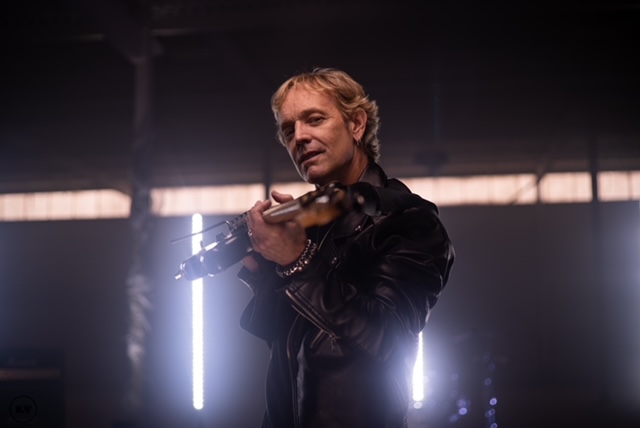
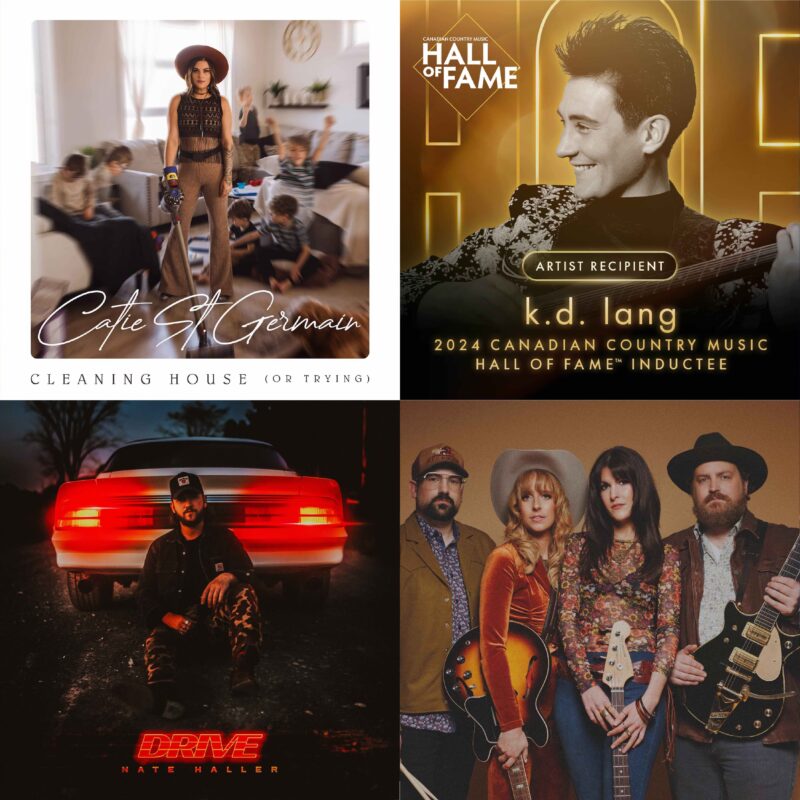
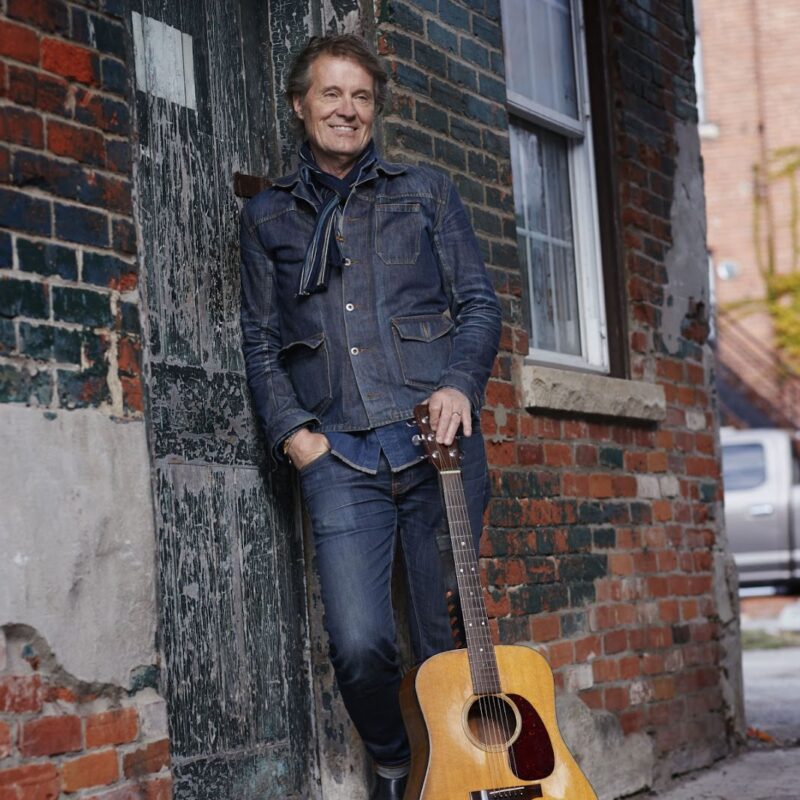



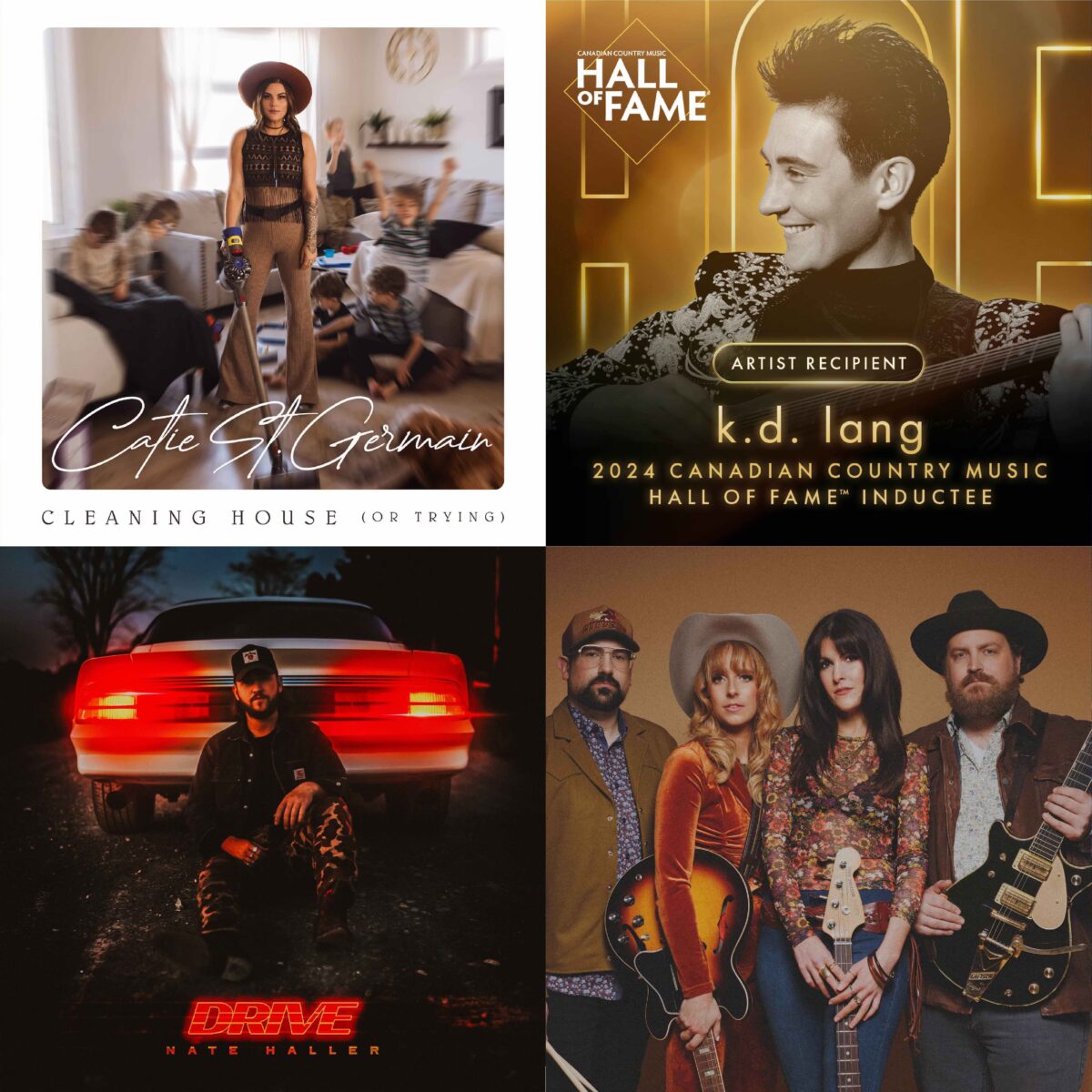
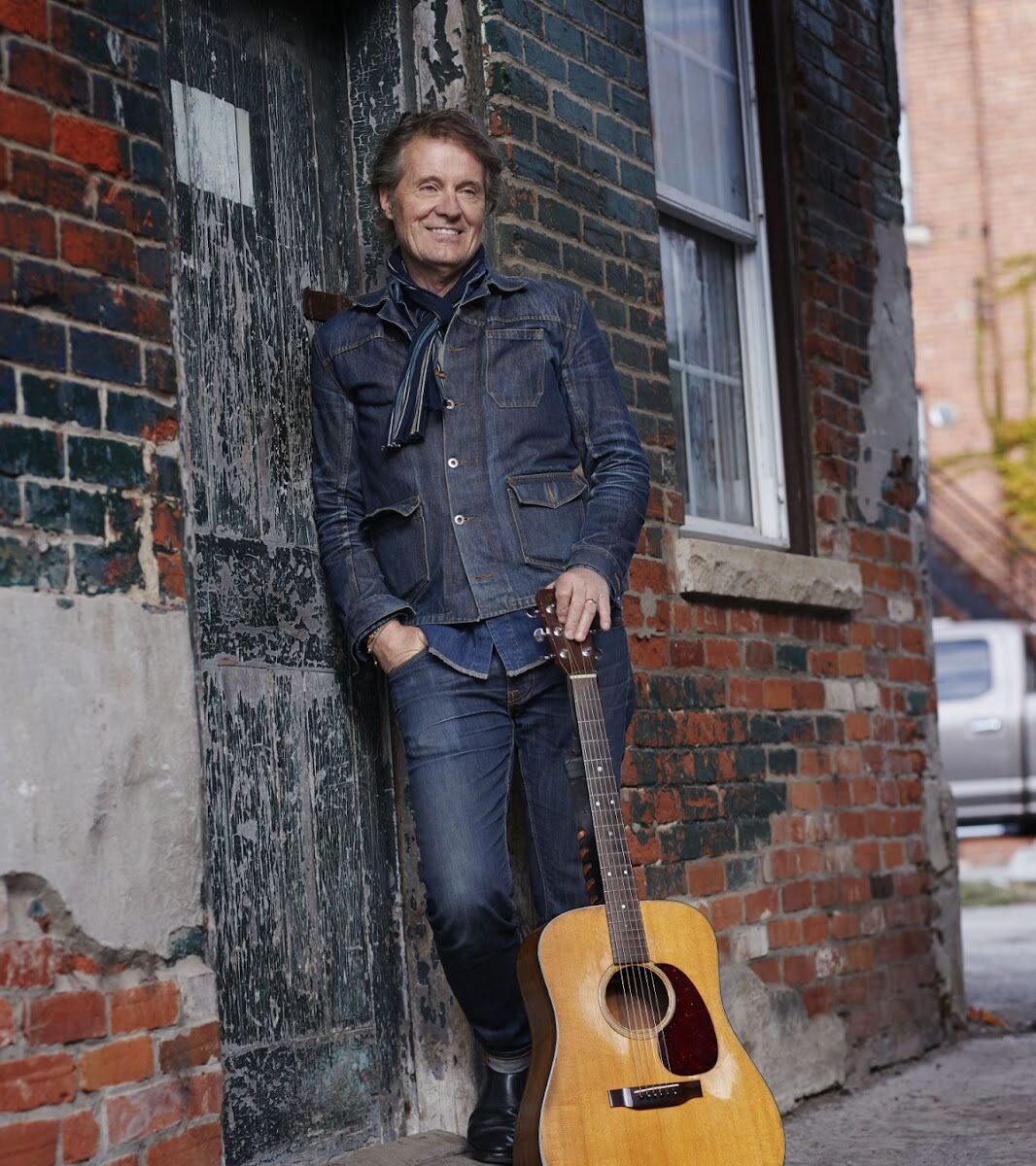

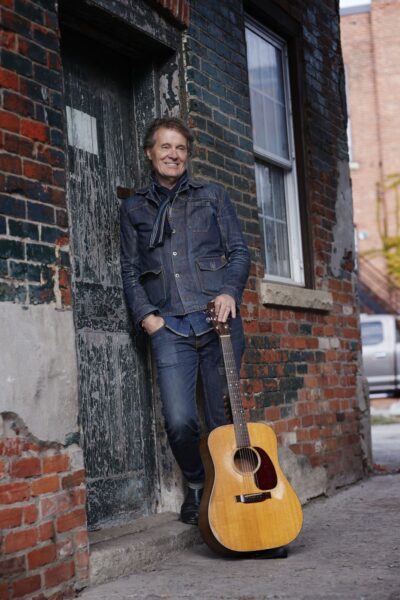

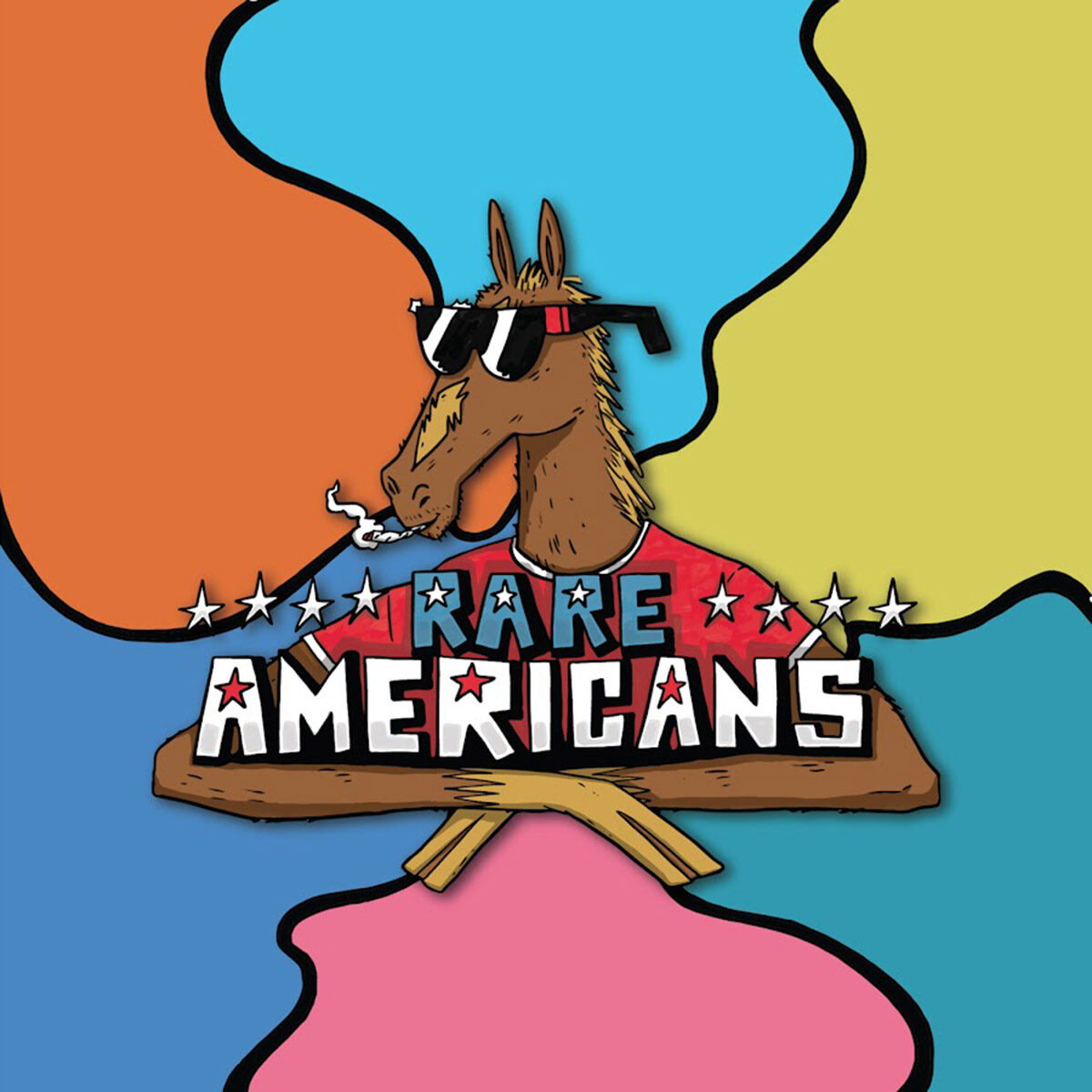

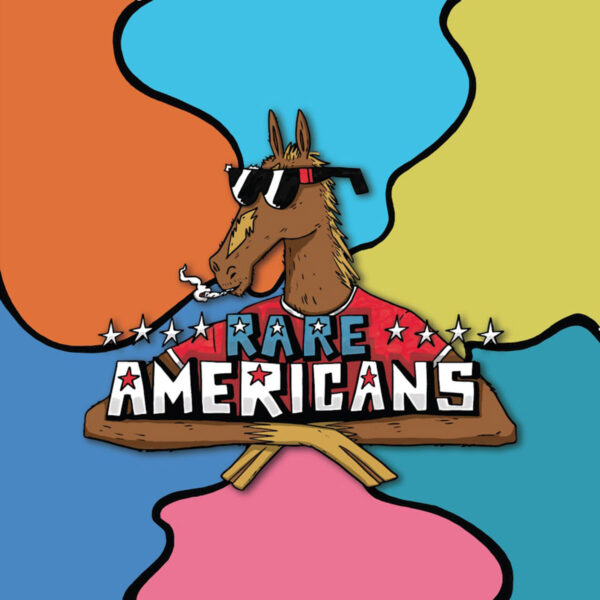
Comments are closed.